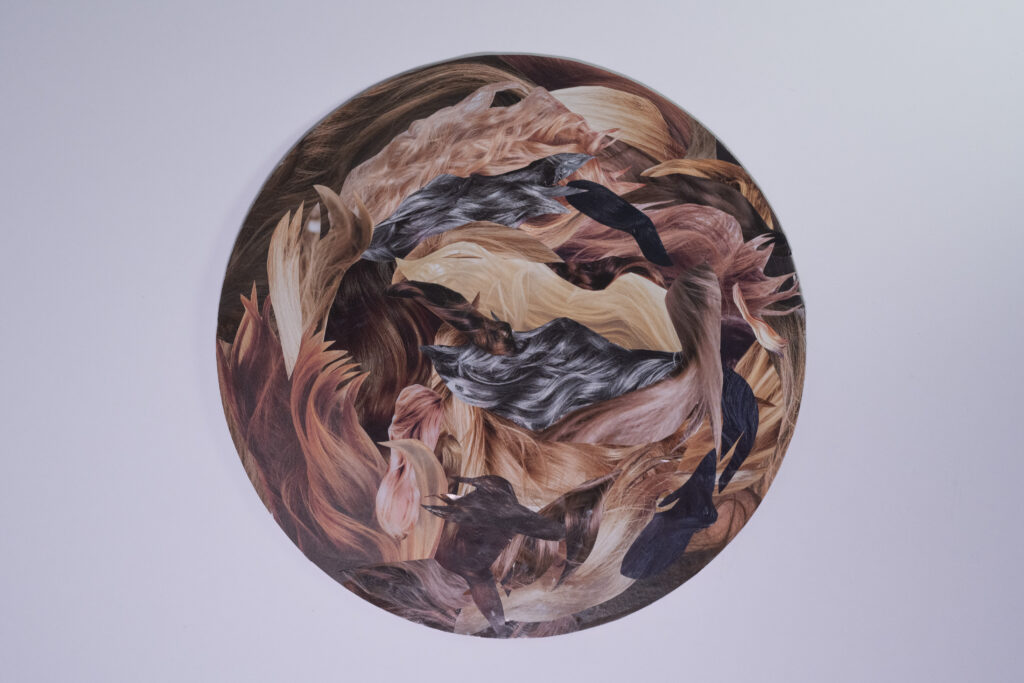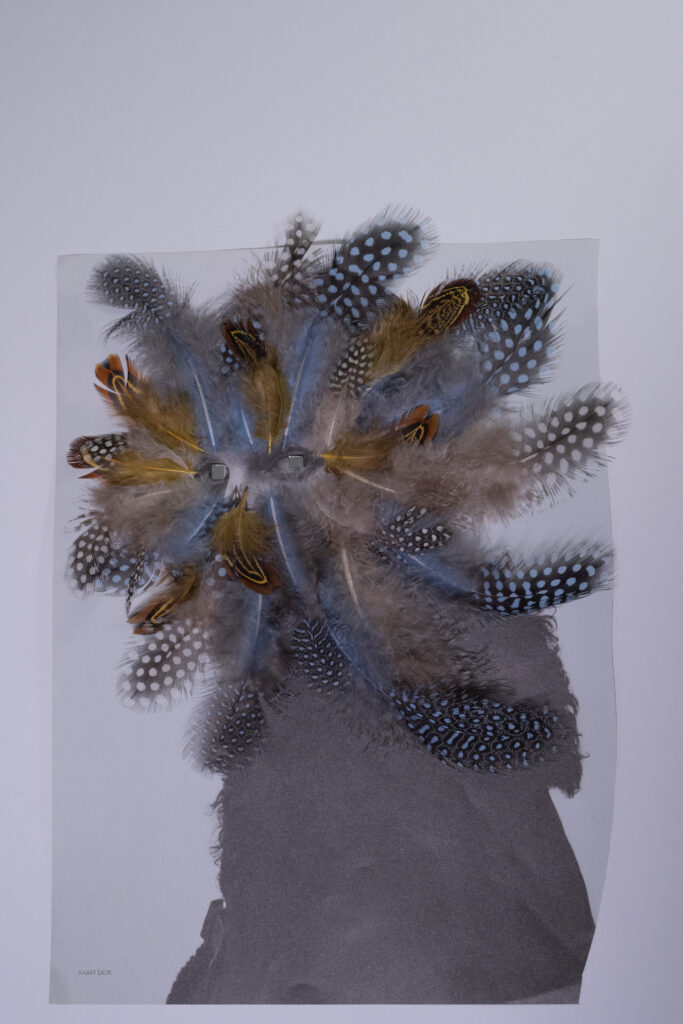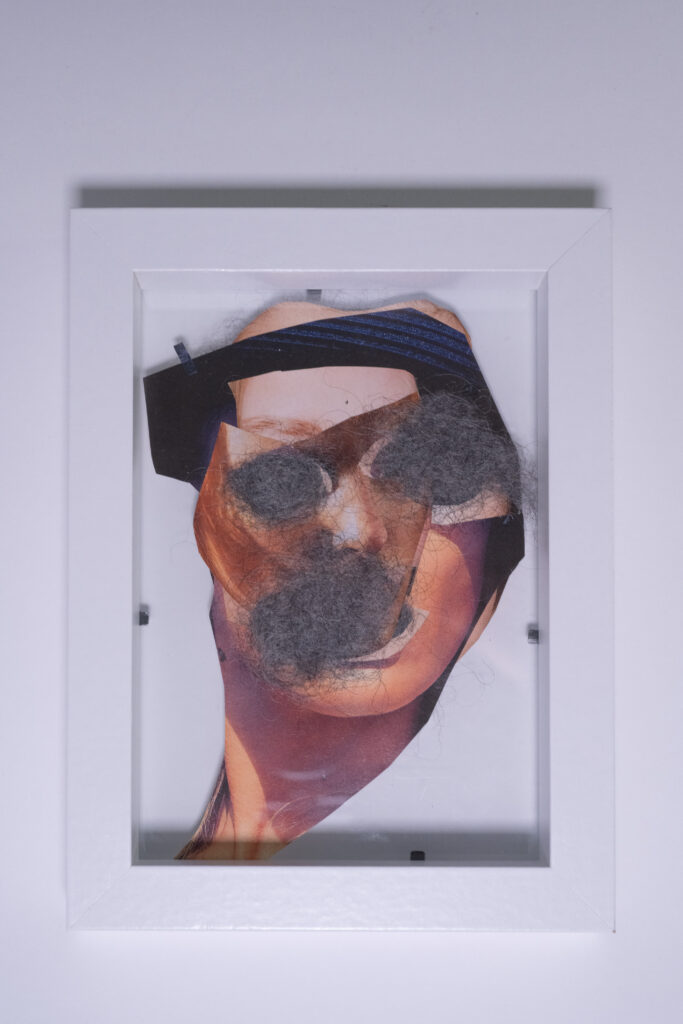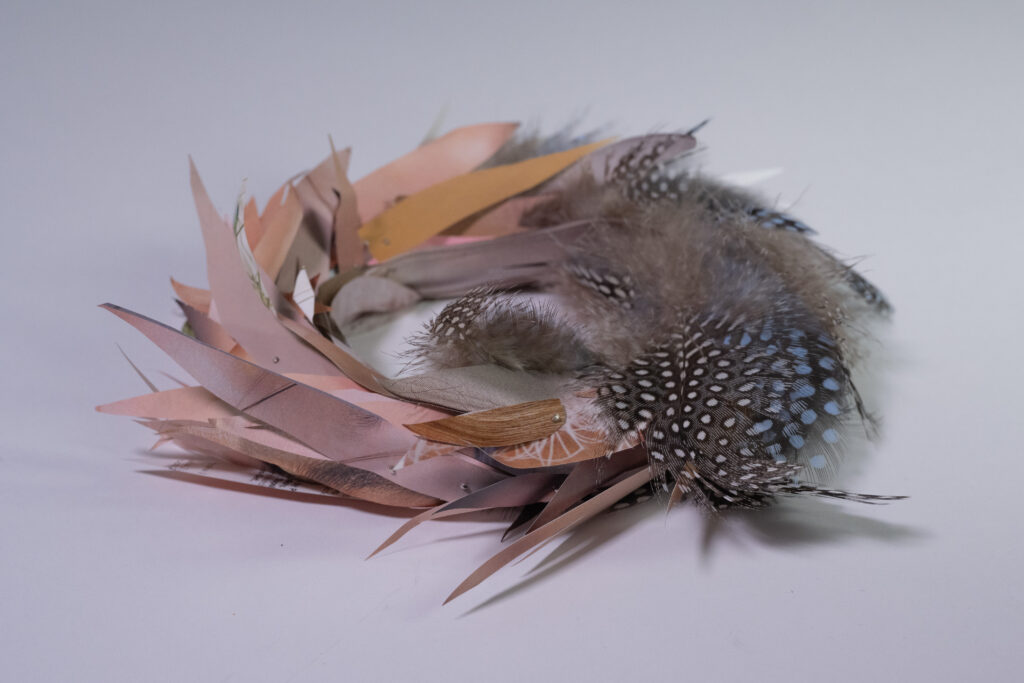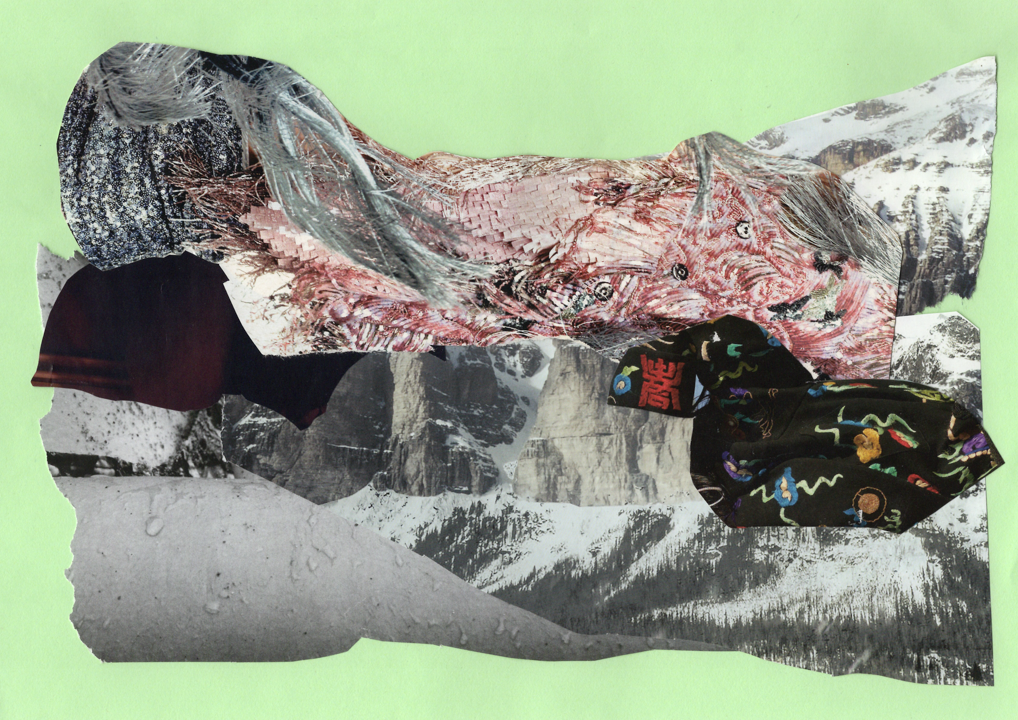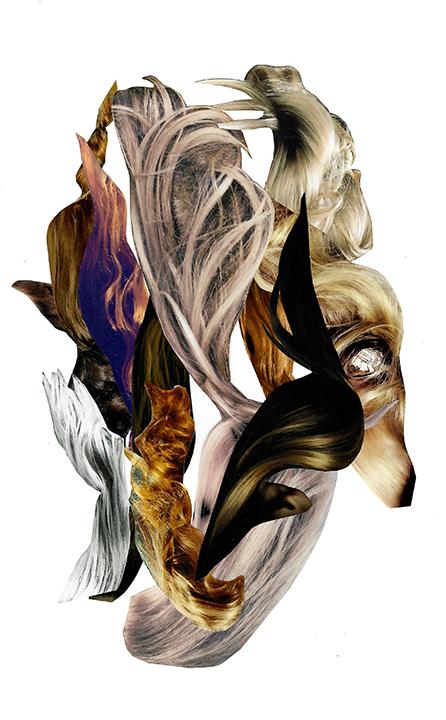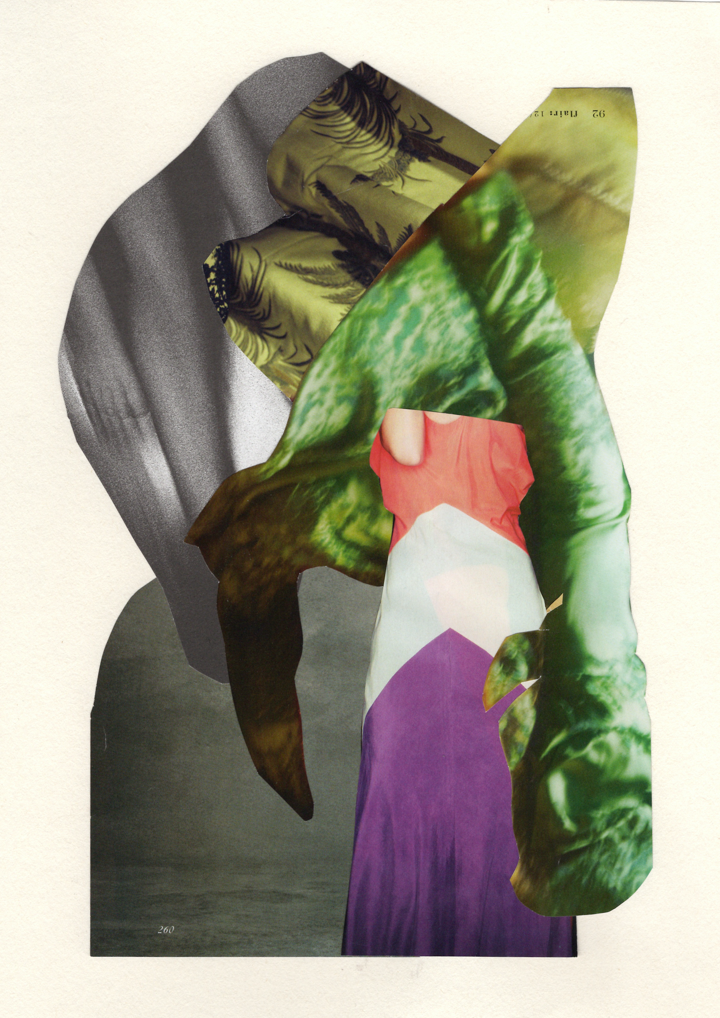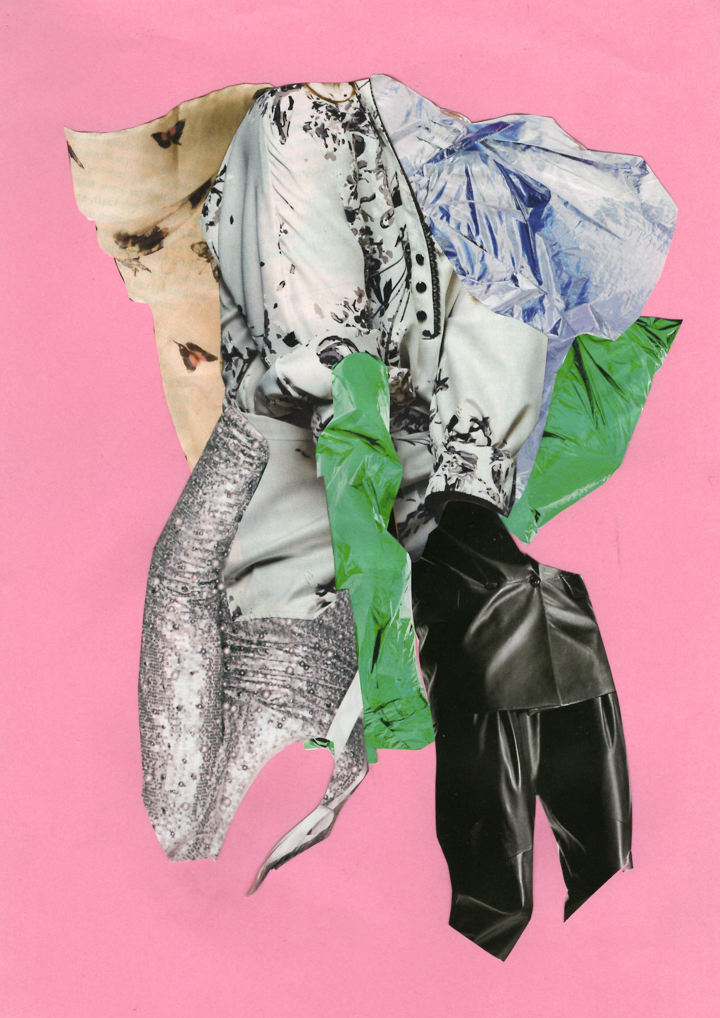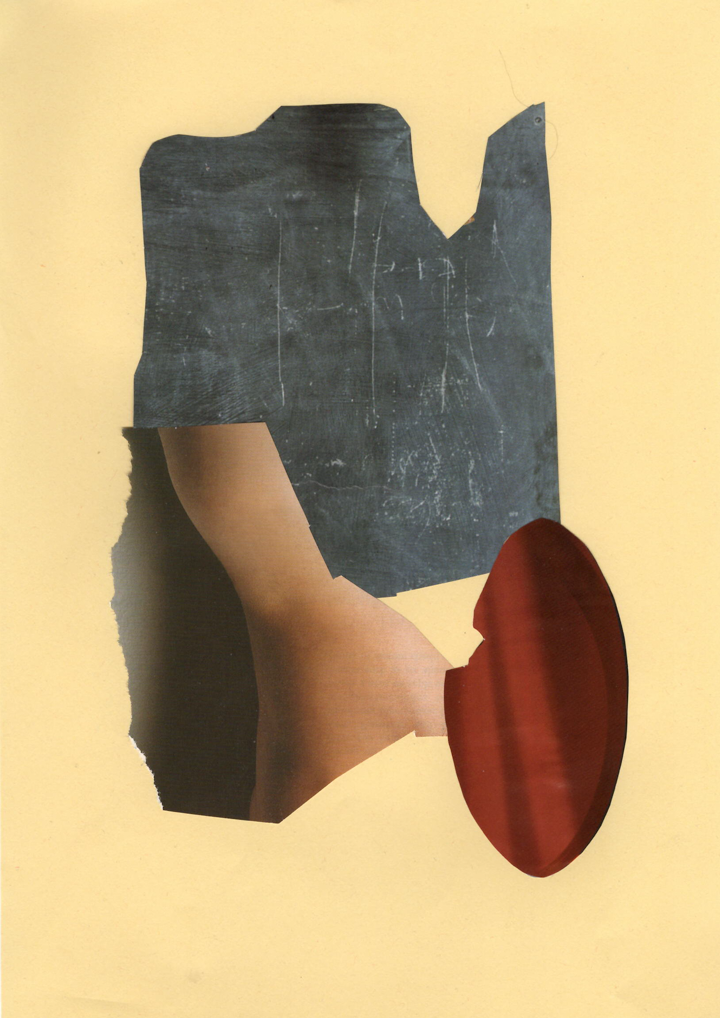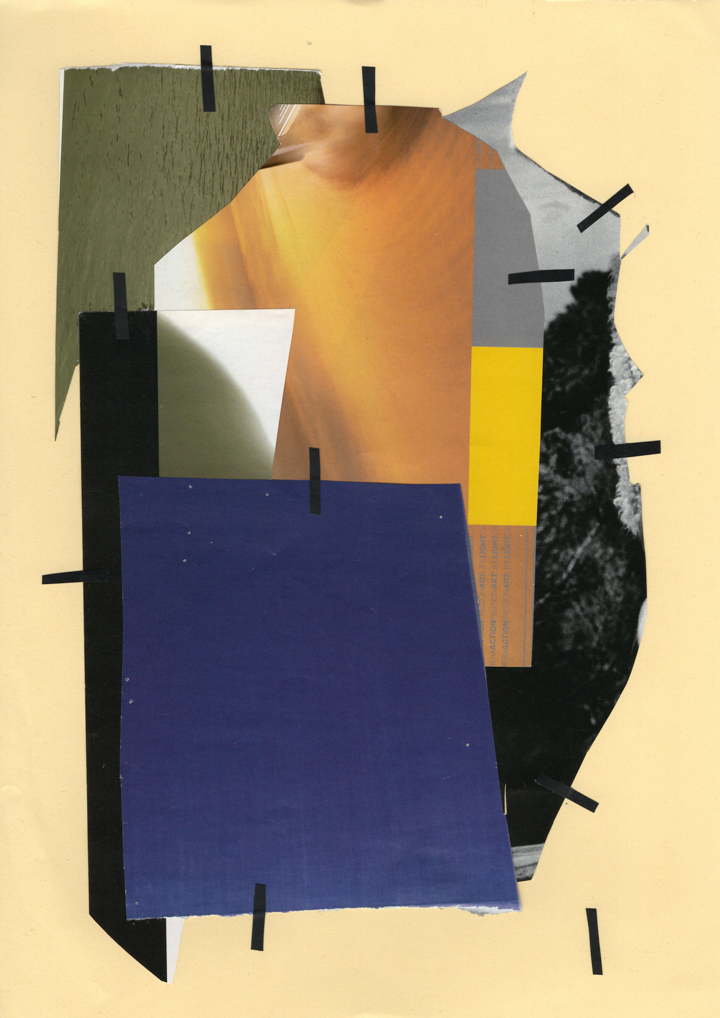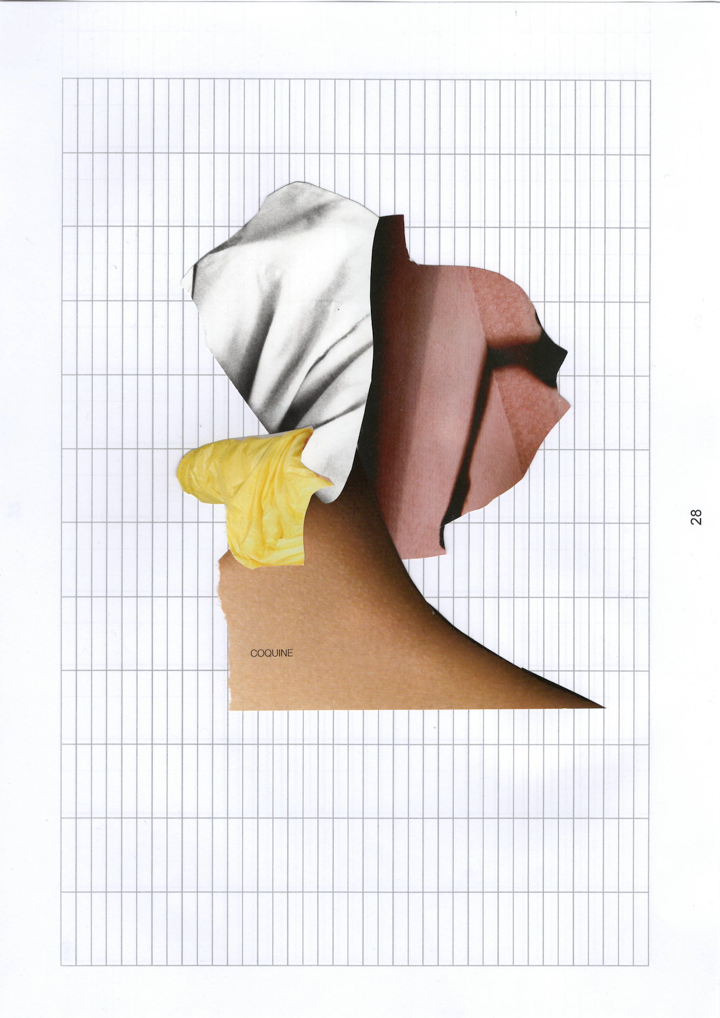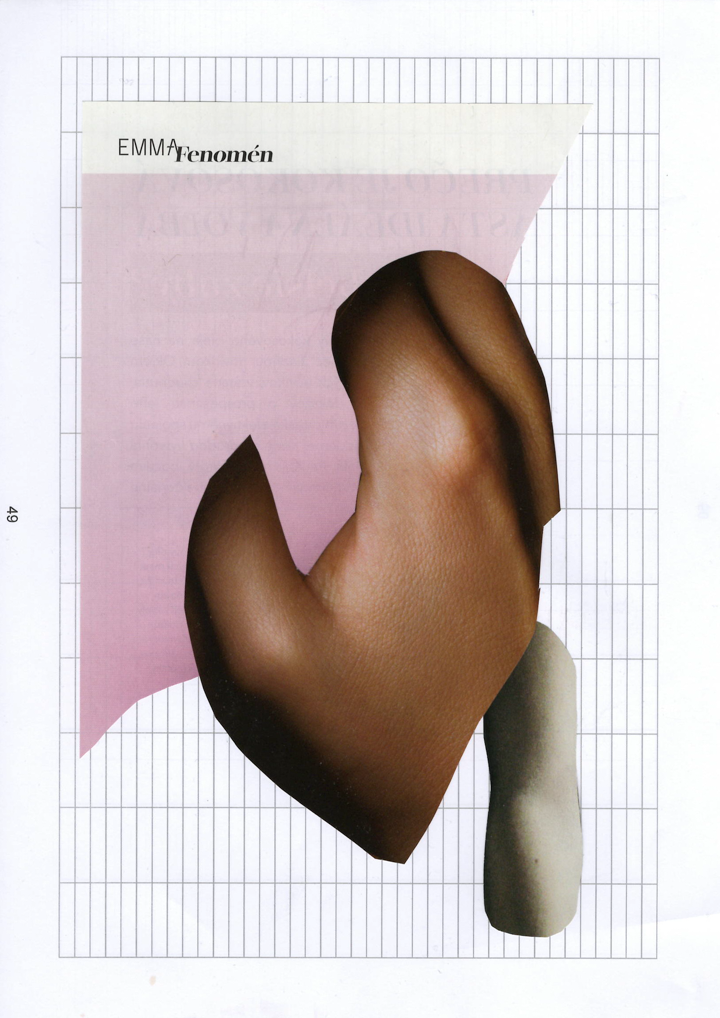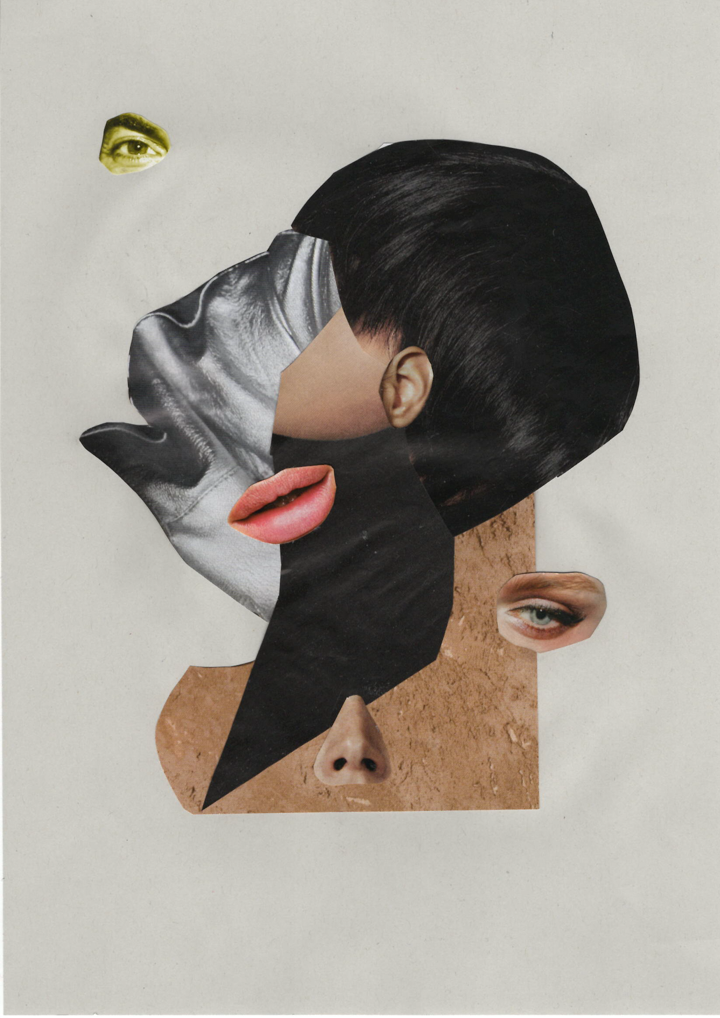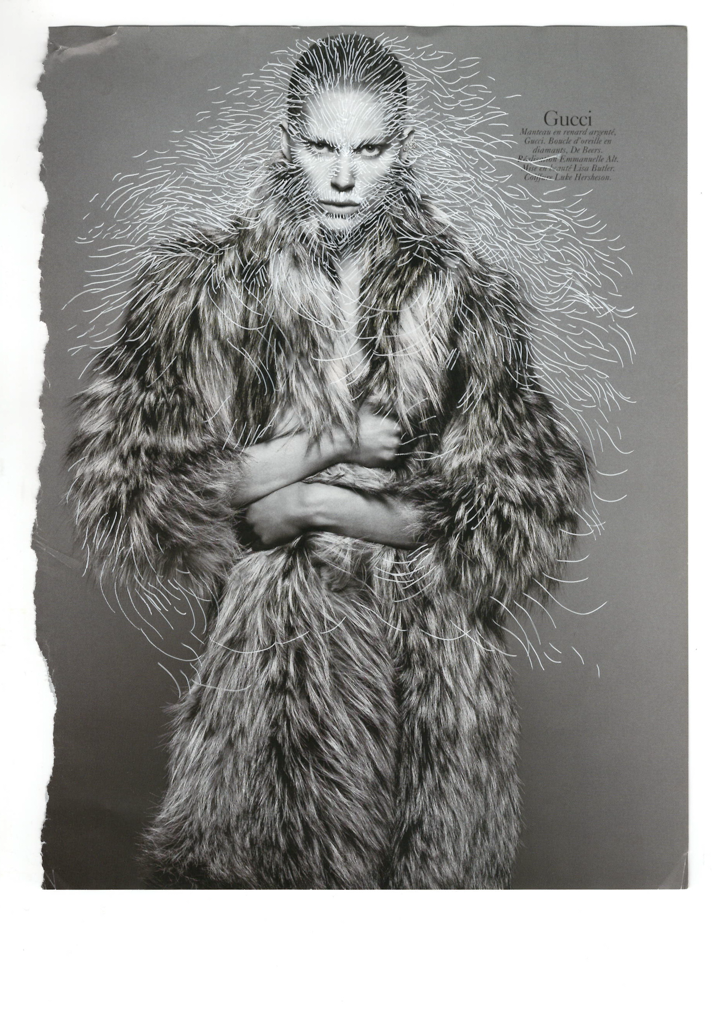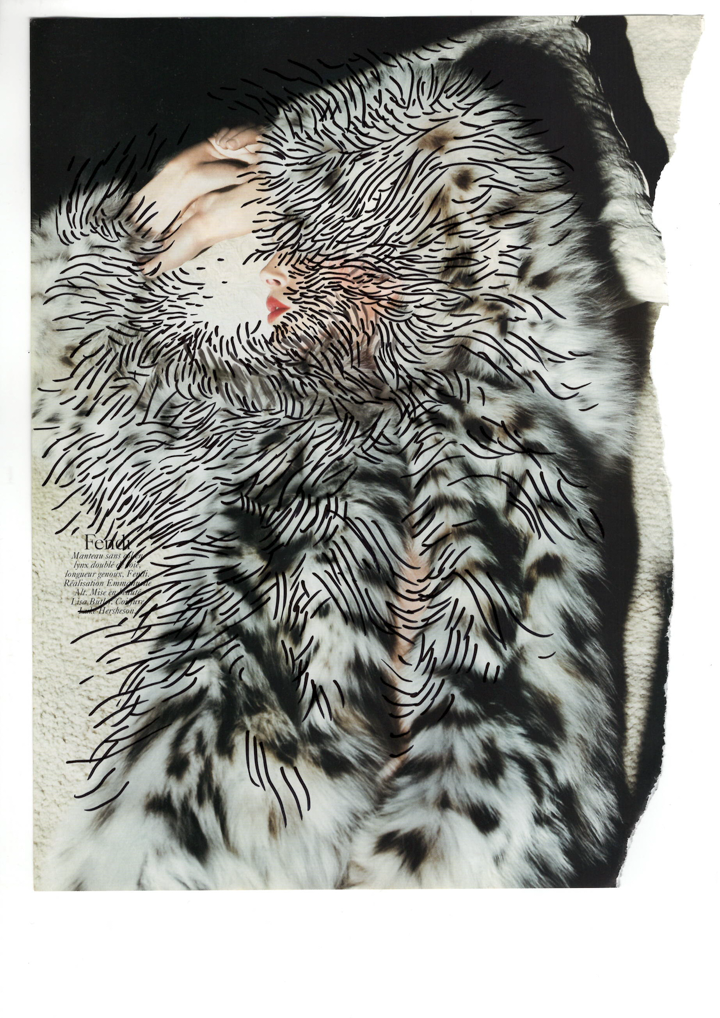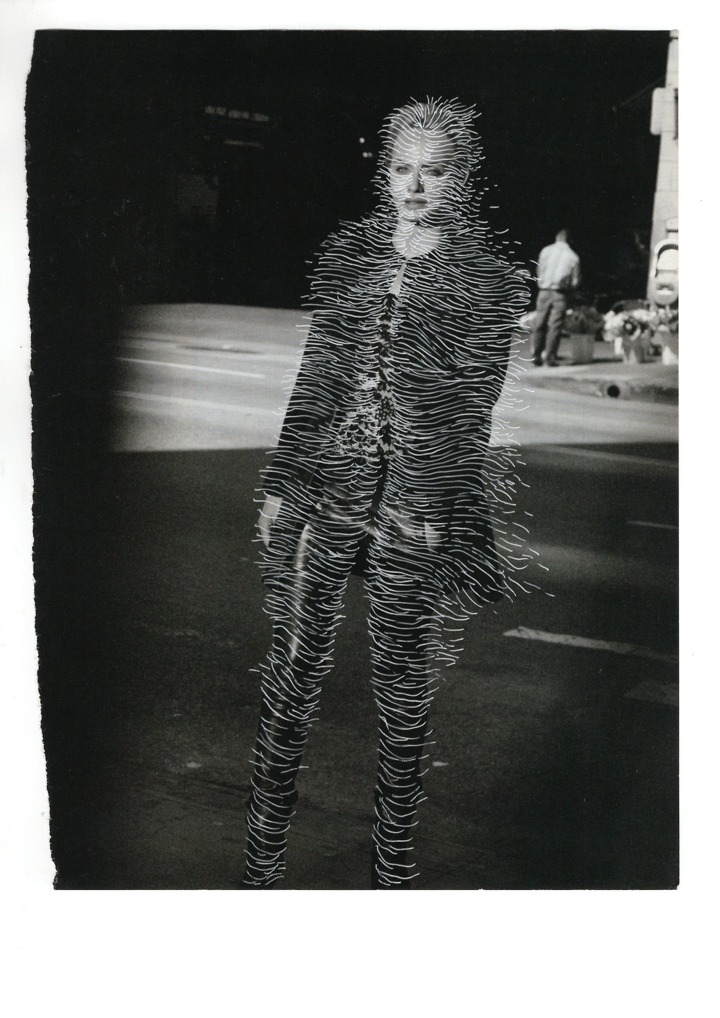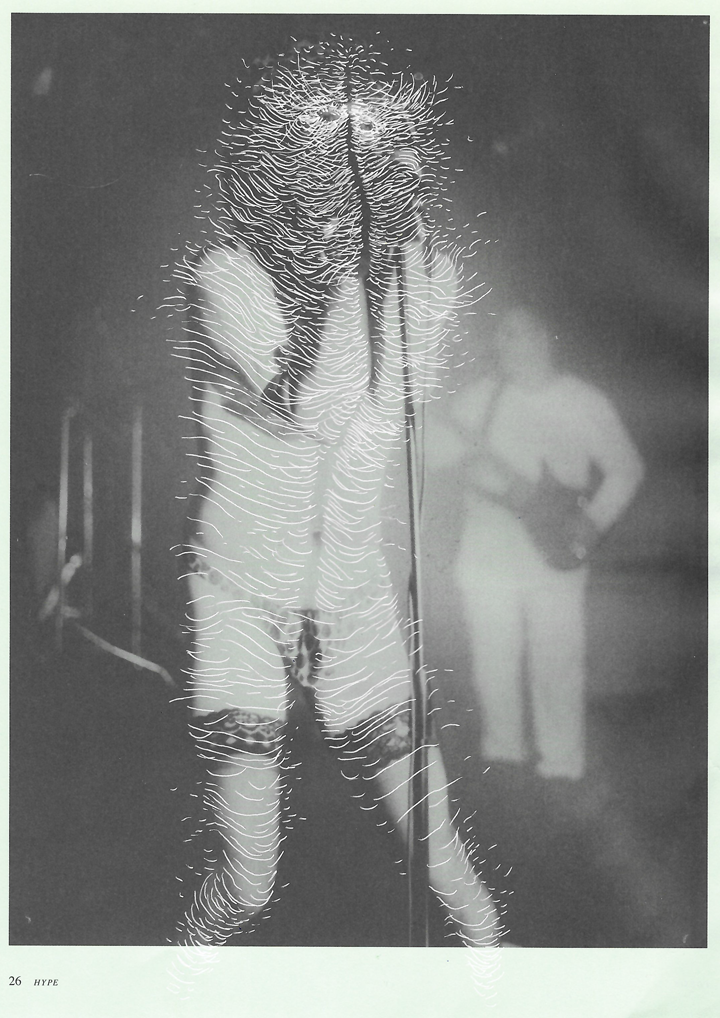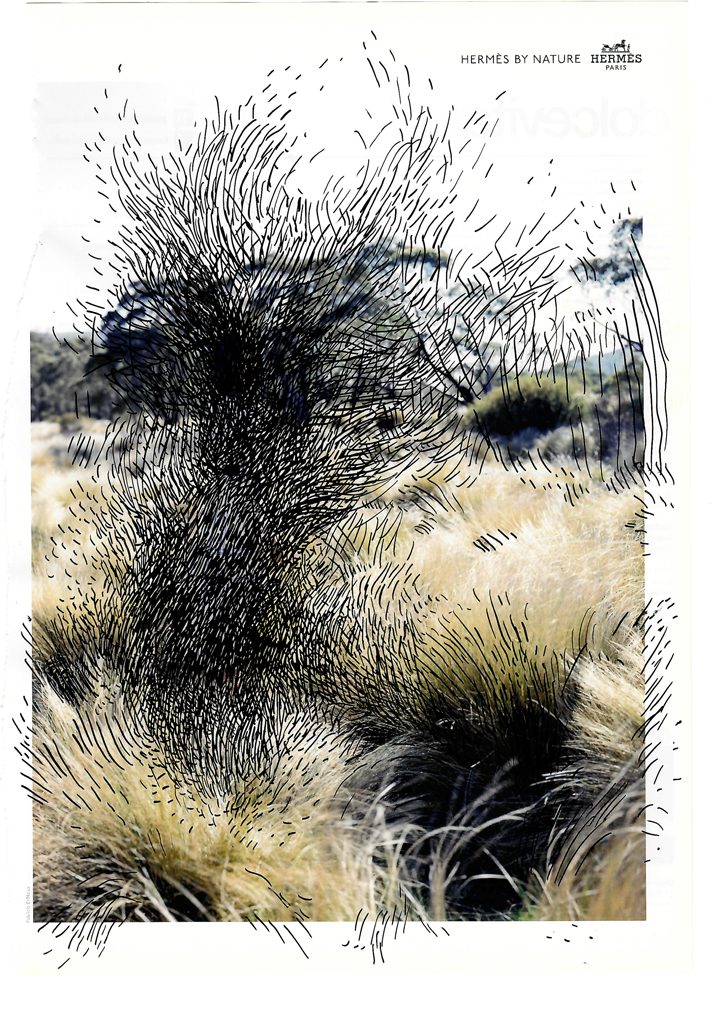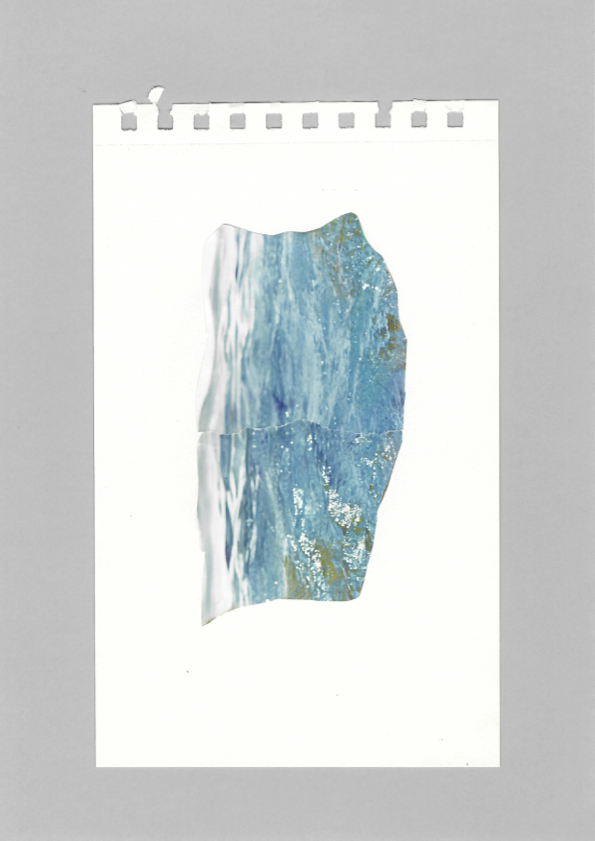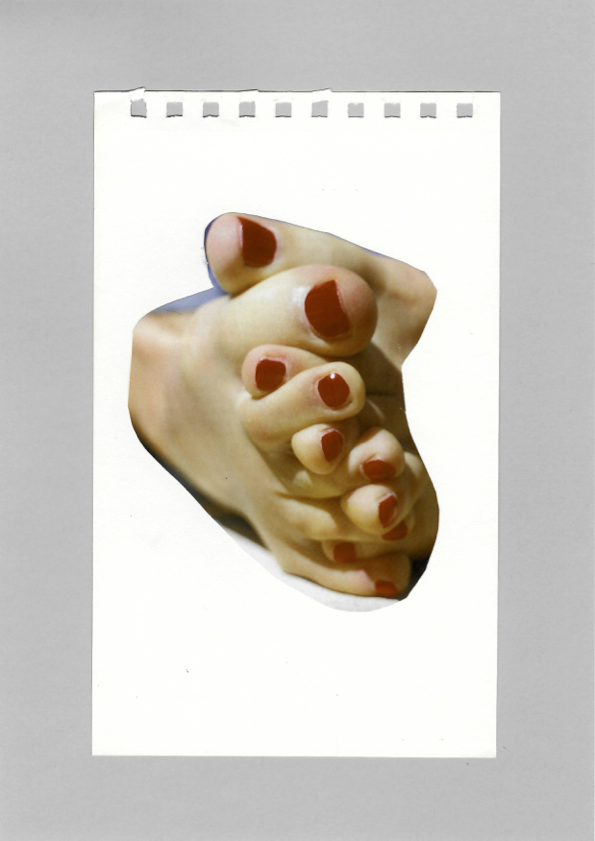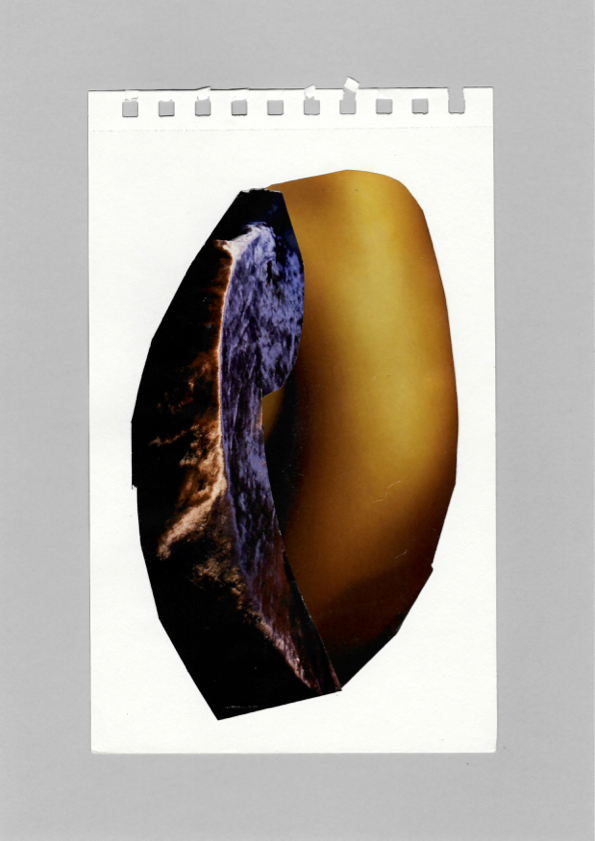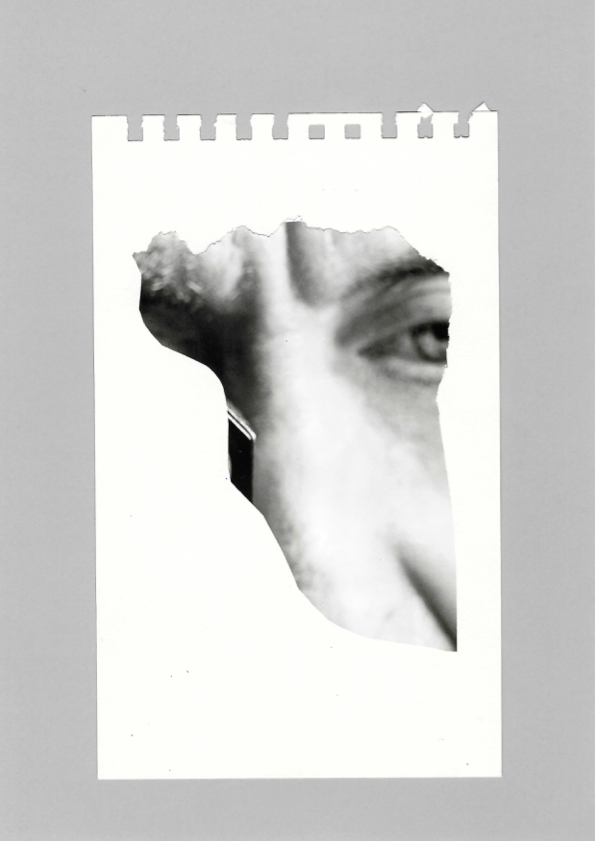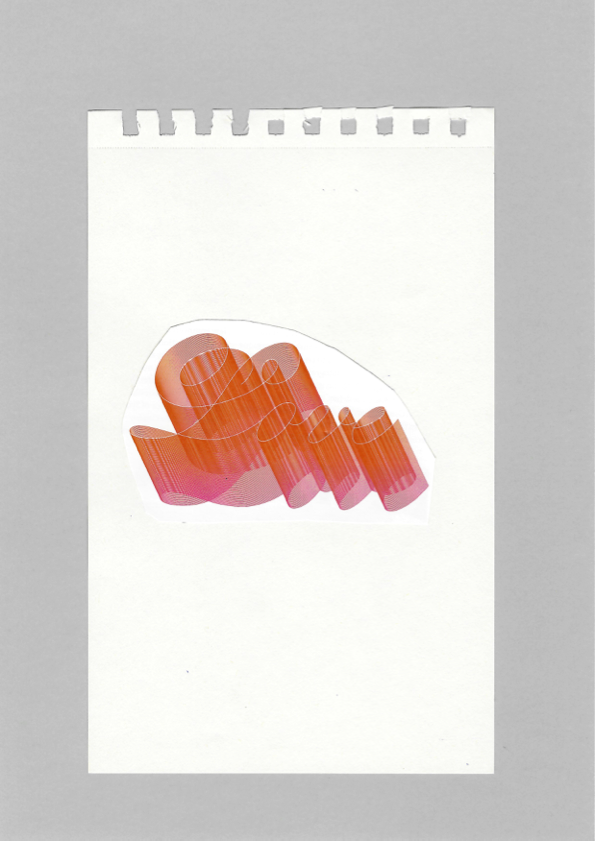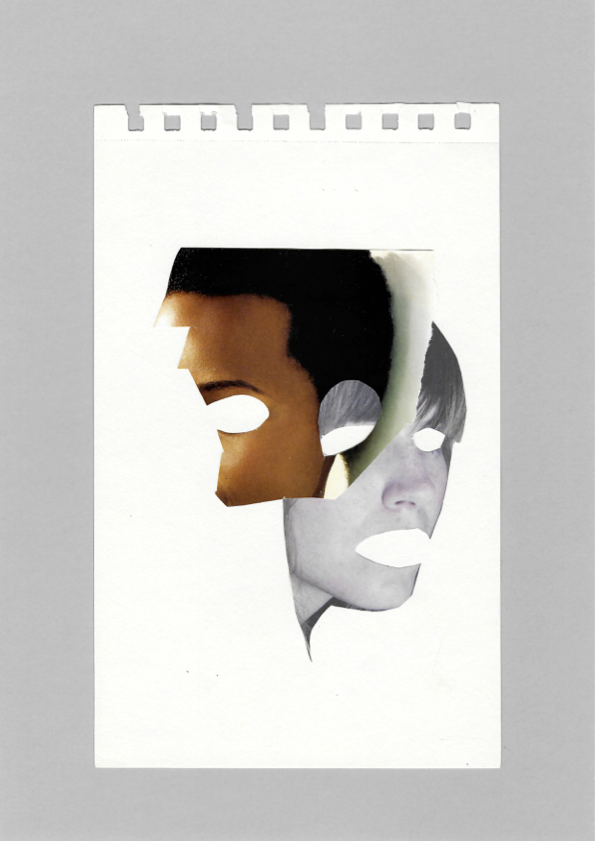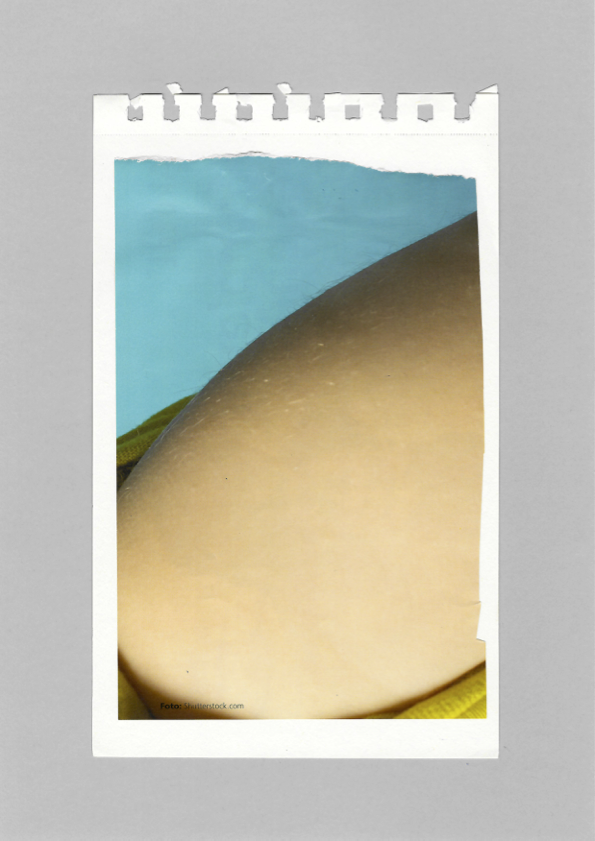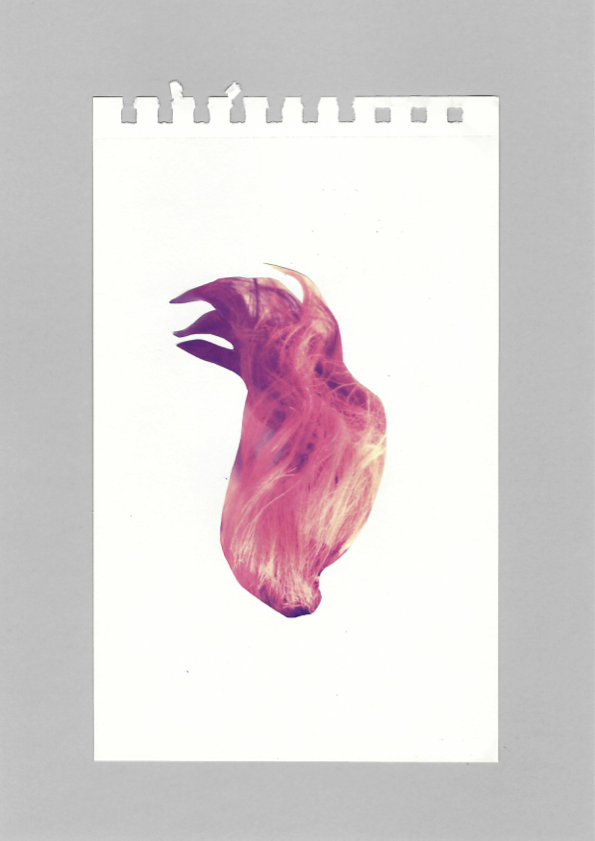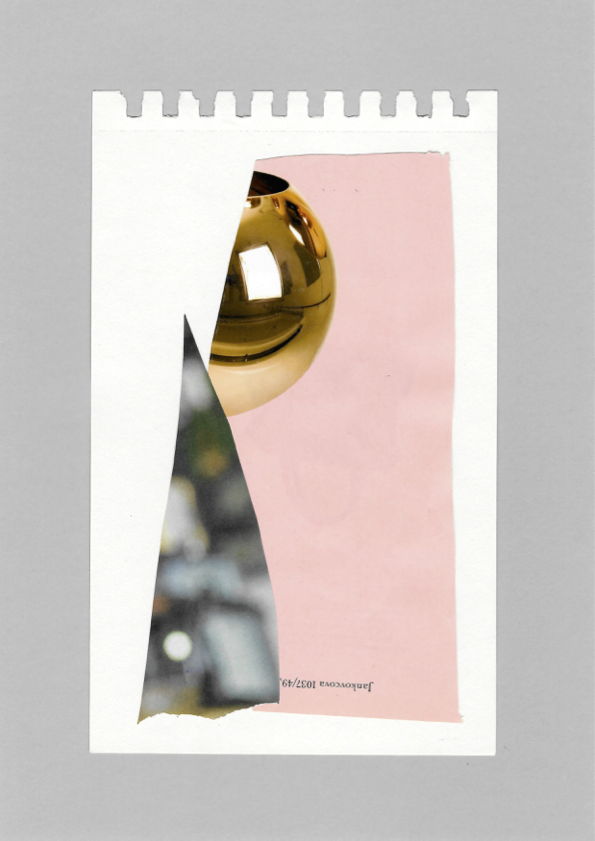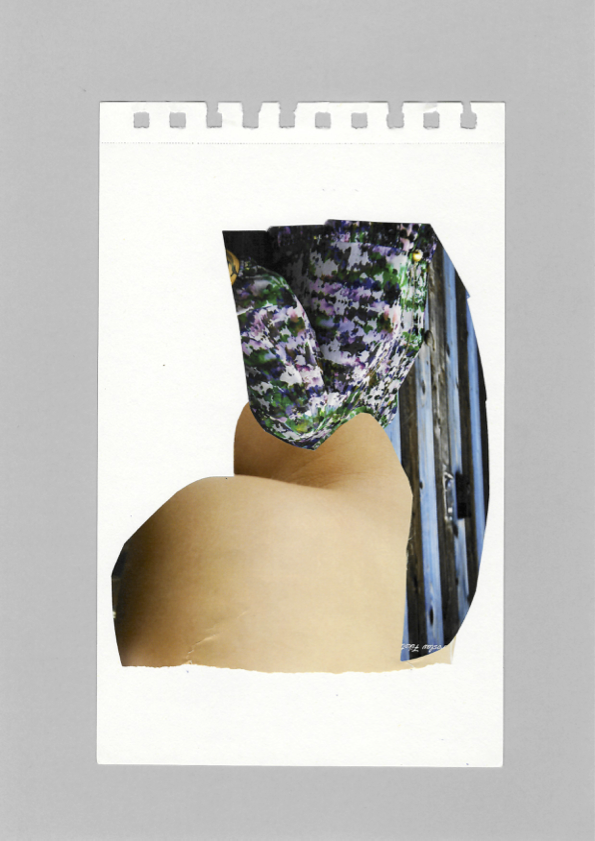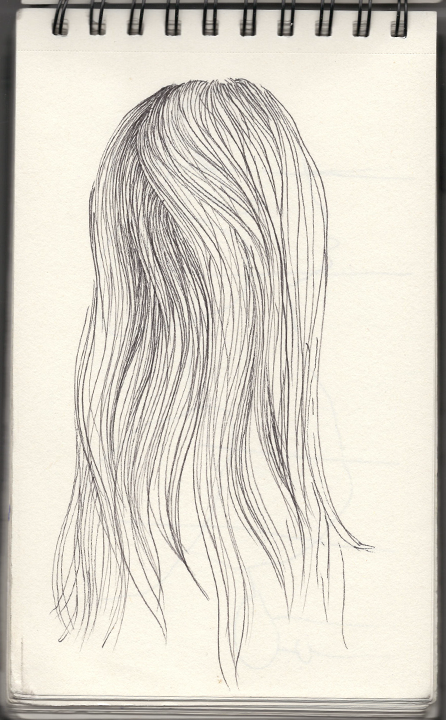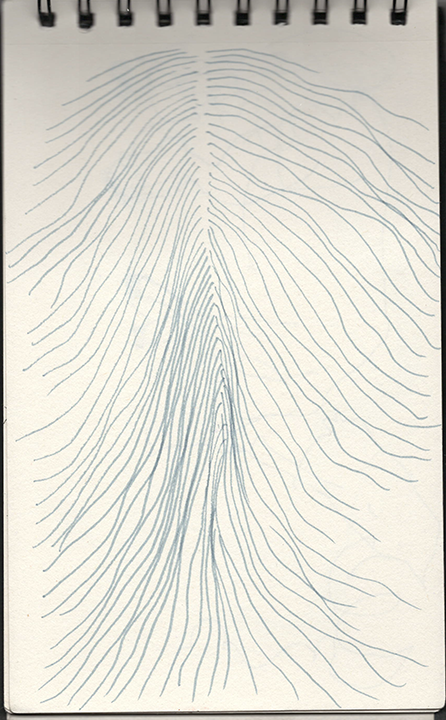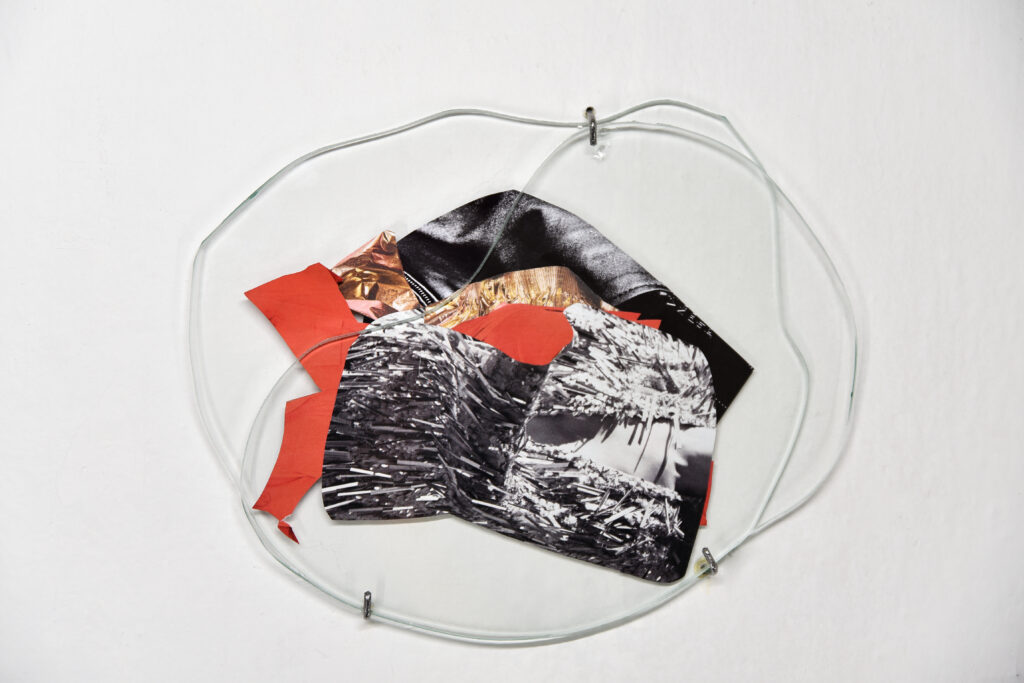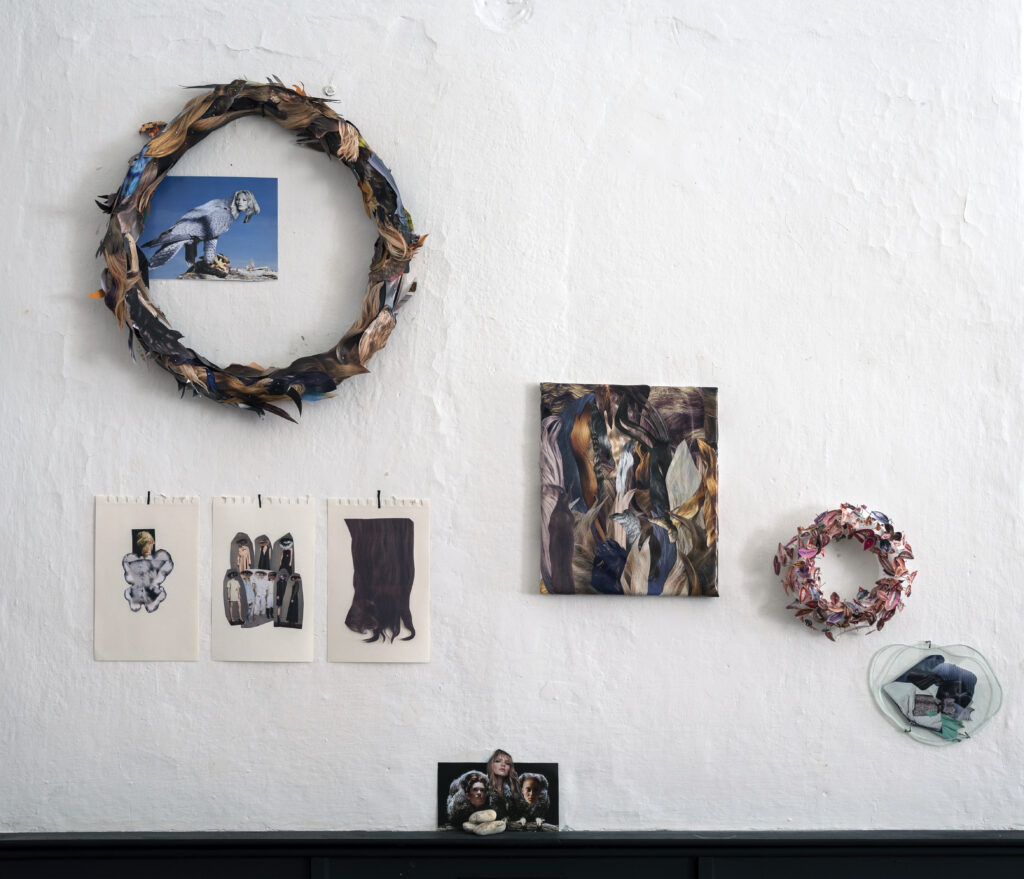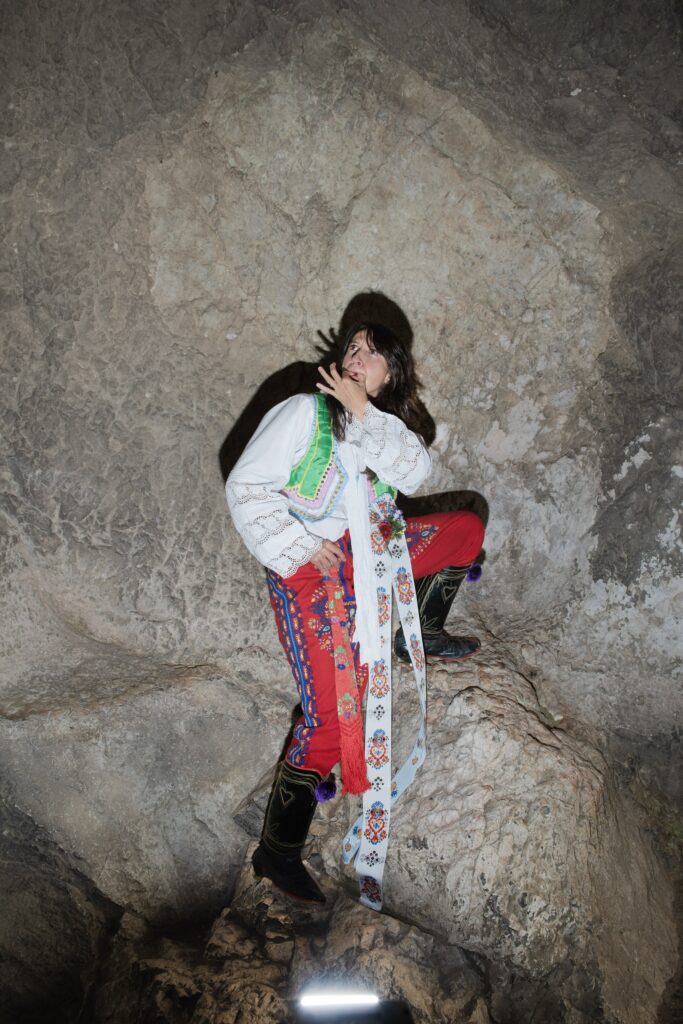
Calling of sirens, digital photo, 2024
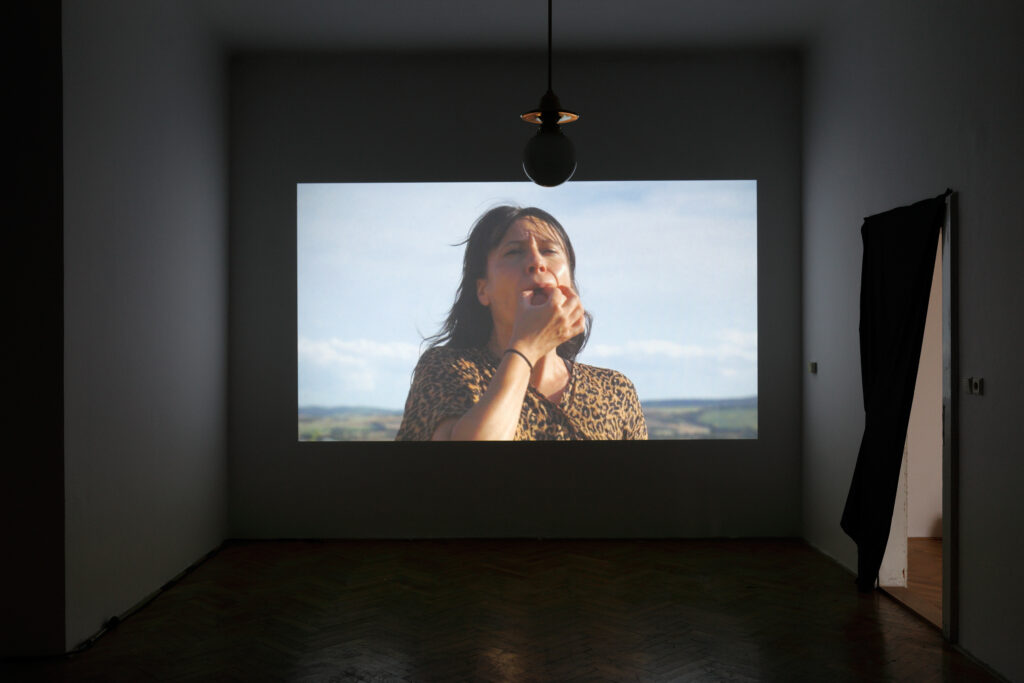
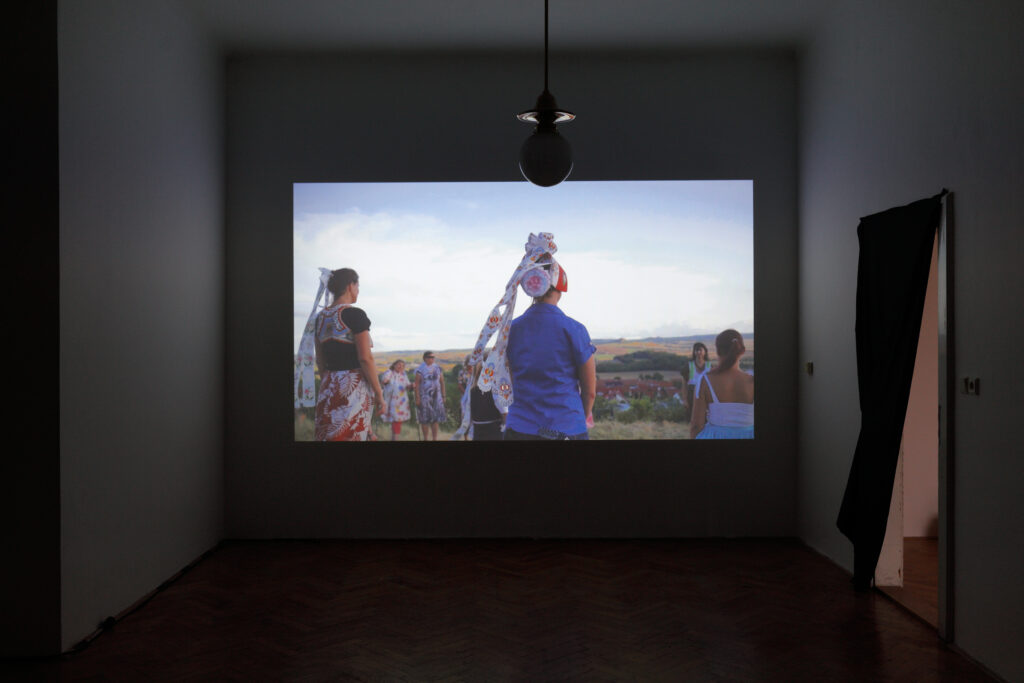

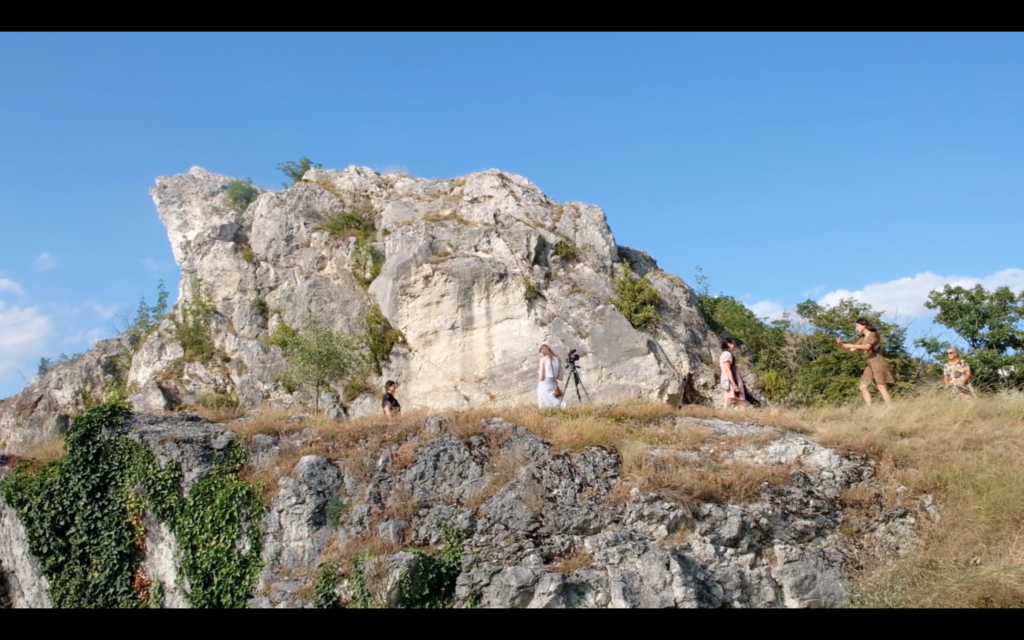
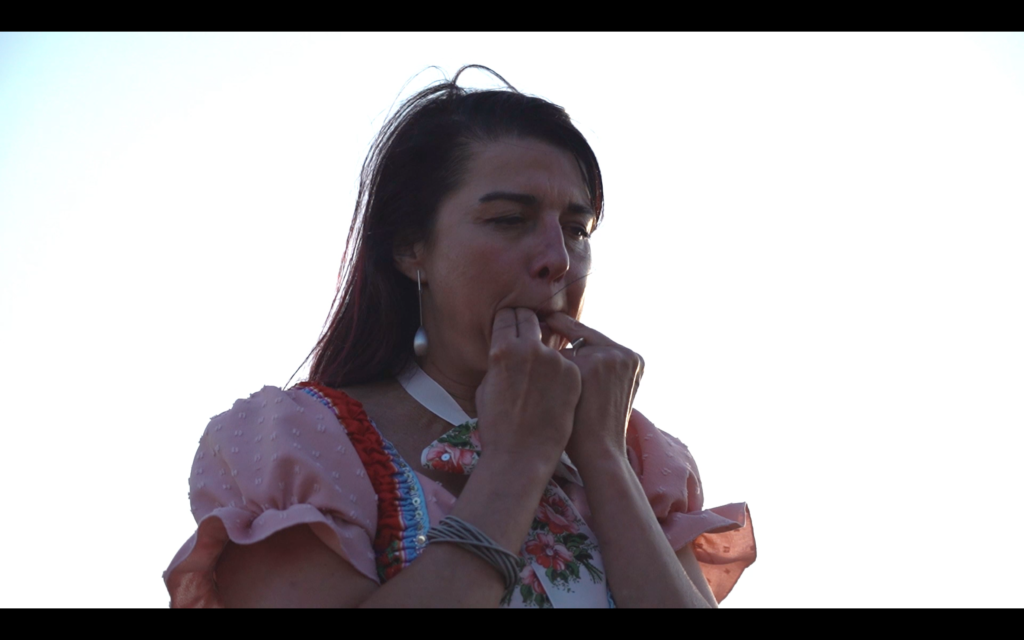
Whistling sirens, video 5:52′, 2024
Eja Devečková, through the participatory project Whistling sirens explores the phenomenon of whistling in its various forms and meanings. Whistling is a form of verbal expression of momentary emotion, or a means of communication. In the context of Central Europe, whistling often evokes folkloric connotations: calling men to dance, setting the rhythm for musicians, and so on. However, across different regions, we observe that whistling is predominantly a male domain. Women are traditionally seen as delicate, elegant, and modest; therefore, a woman who expresses herself through whistling in society is generally viewed negatively. Whistling by women is considered distasteful and rude.
The artist, however, considers the ability to whistle to be such an interesting skill that she herself wanted to learn it. Paradoxically, it was her female friends who were the ones around her who could whistle. This led to the idea for the project, in which women teach other women how to whistle. During the Mikulov symposium, Eja reached out to local residents, organizations, and associations and organized a series of whistling workshops. During the final happening, a group of whistling women gathered on a small meadow under Holy Hill (Svatý kopeček), where they spent a few hours sharing much more than just this specific skill. The unique atmosphere of the moment and place is captured in a video, which also serves as the artist’s creative output.
Text: Lenore Jurkyová
Photo: Martin Polák
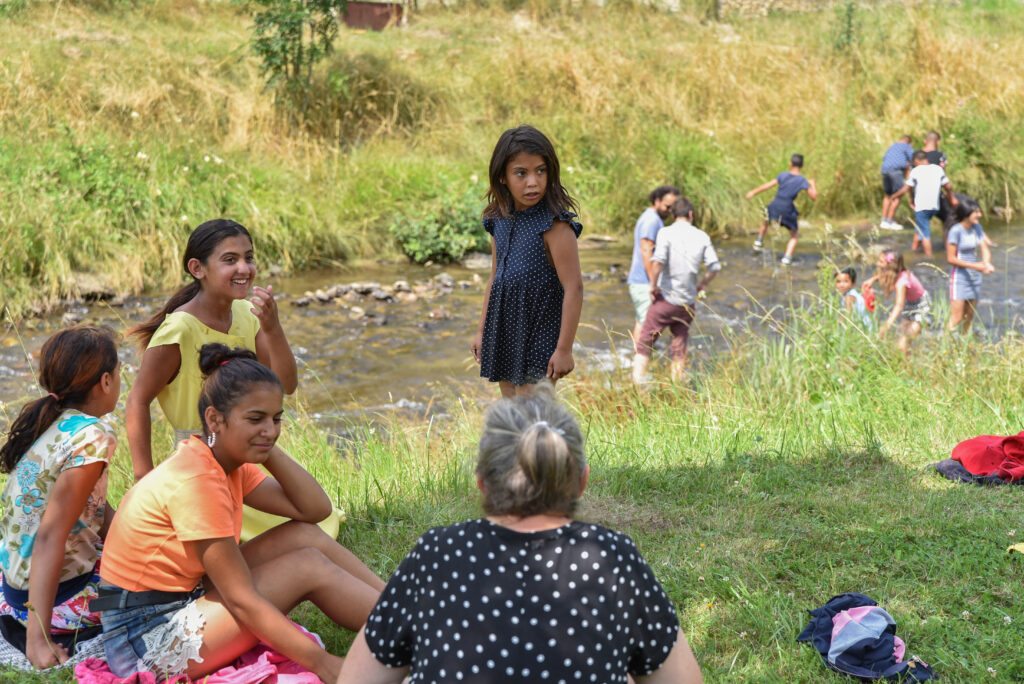
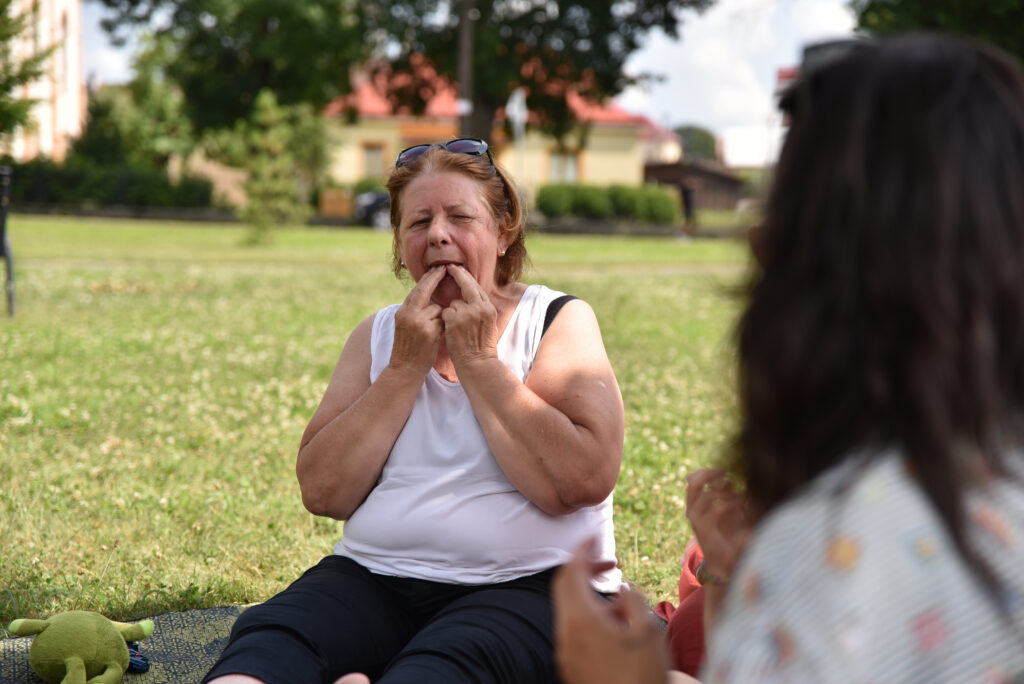
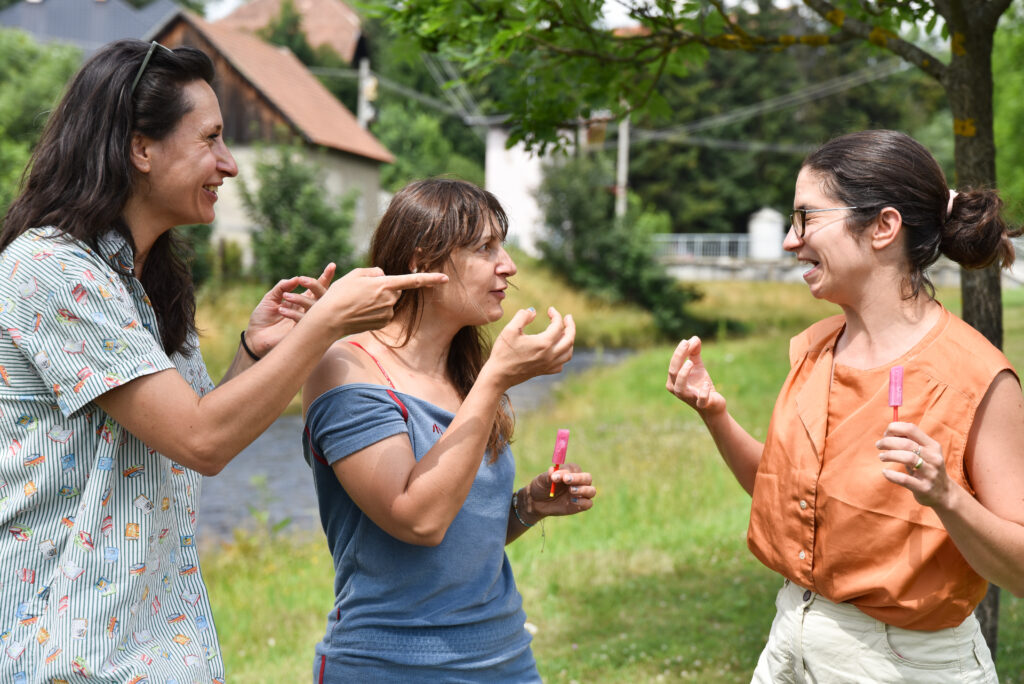

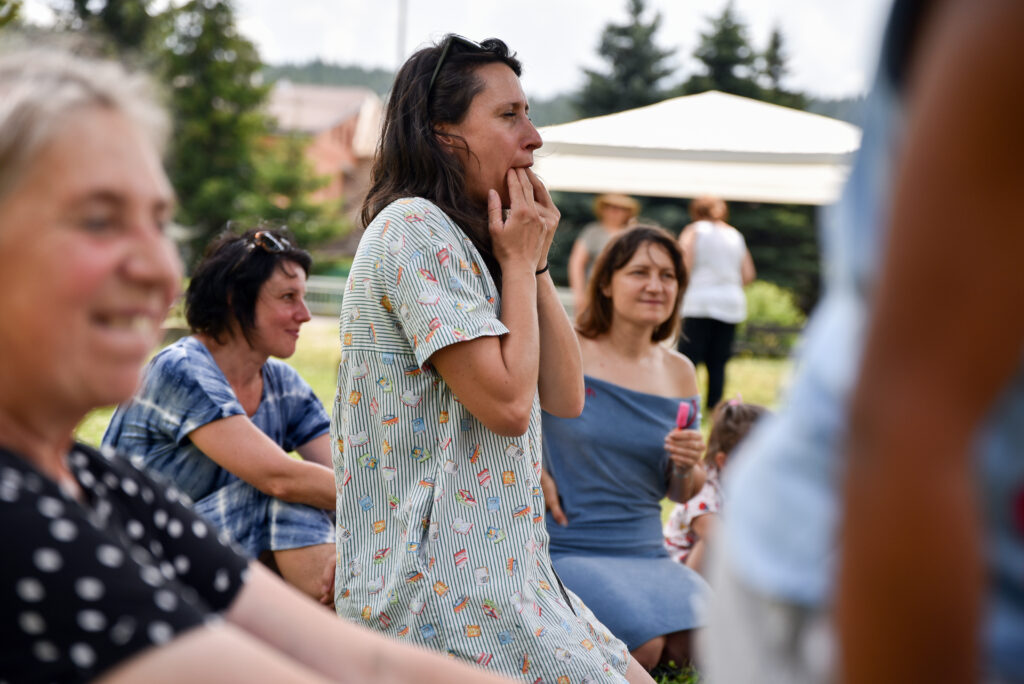
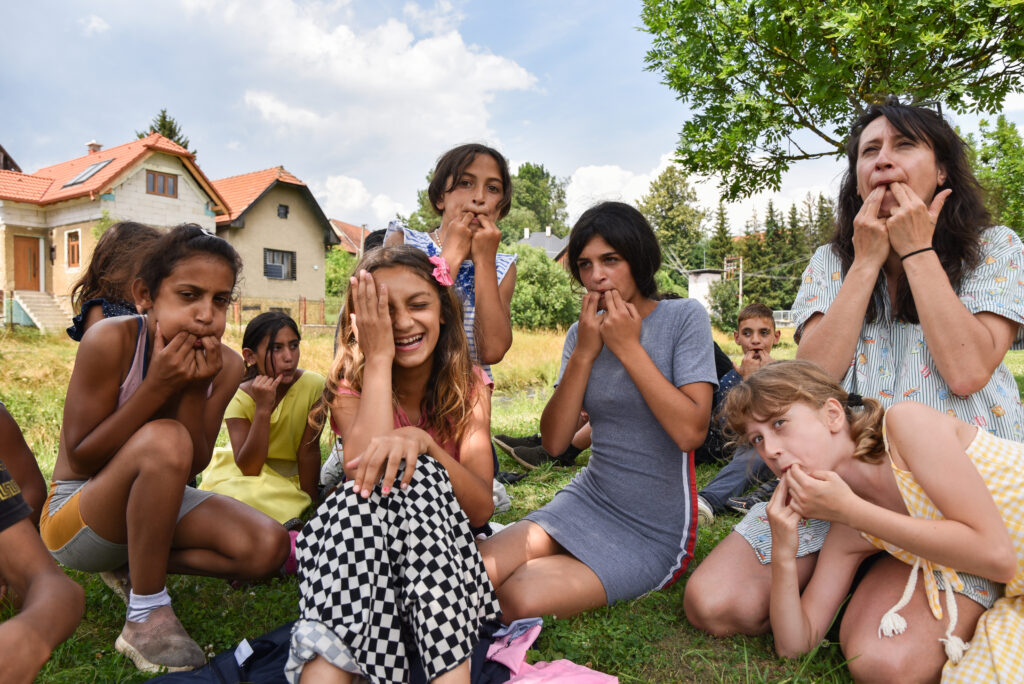
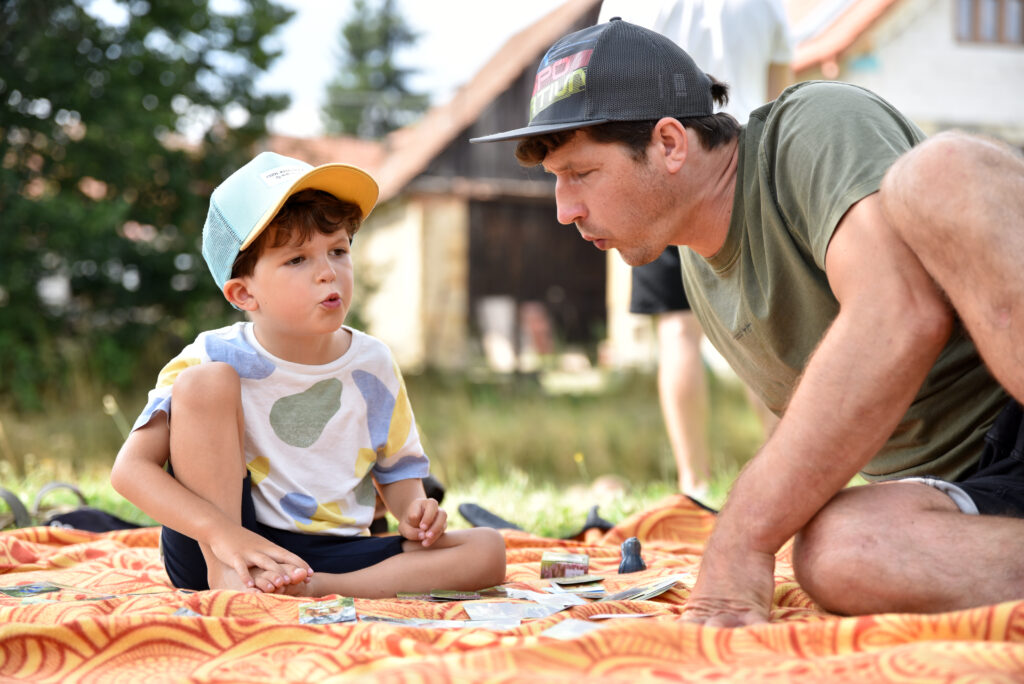
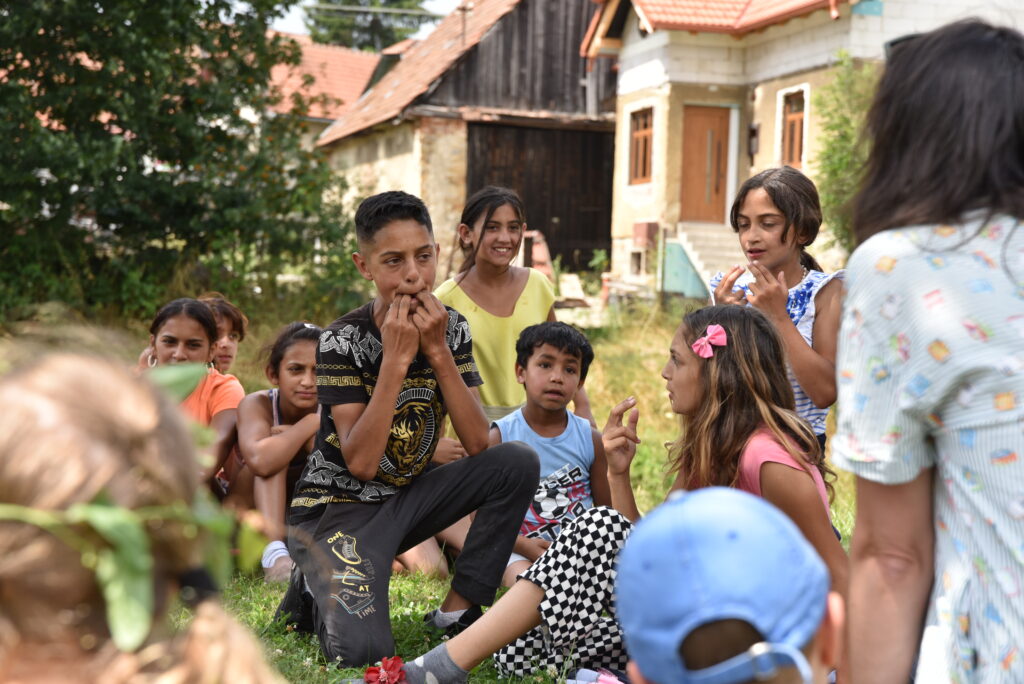
Workshop of whistling
Art Symposium Air, House of Jan Hála, Važec, Slovakia 2024
Photo: Matúš Matava
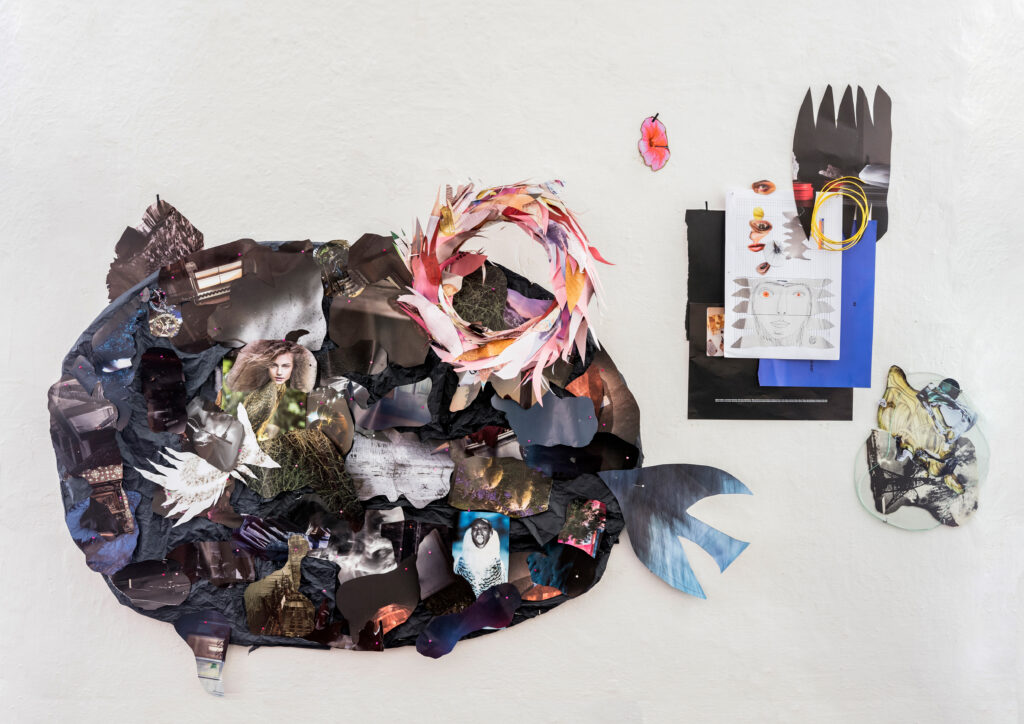
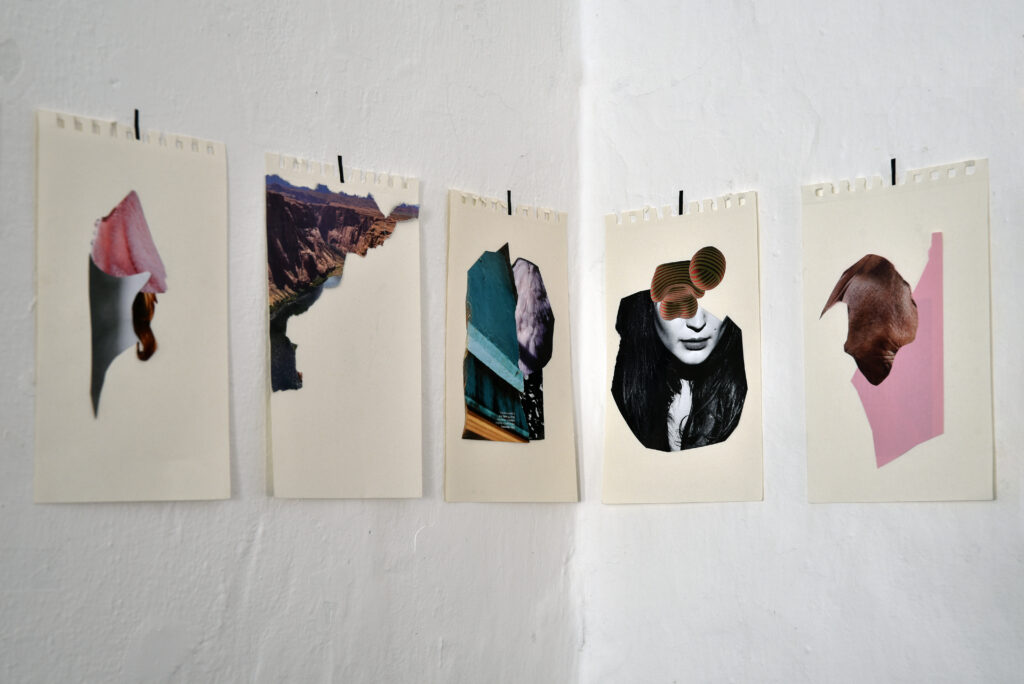
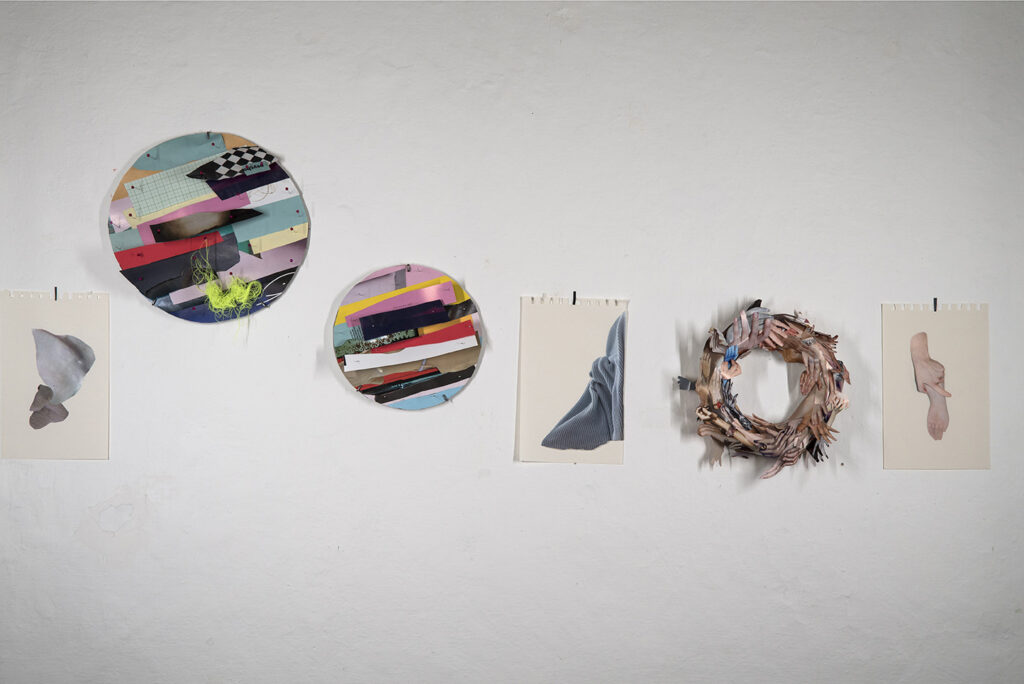
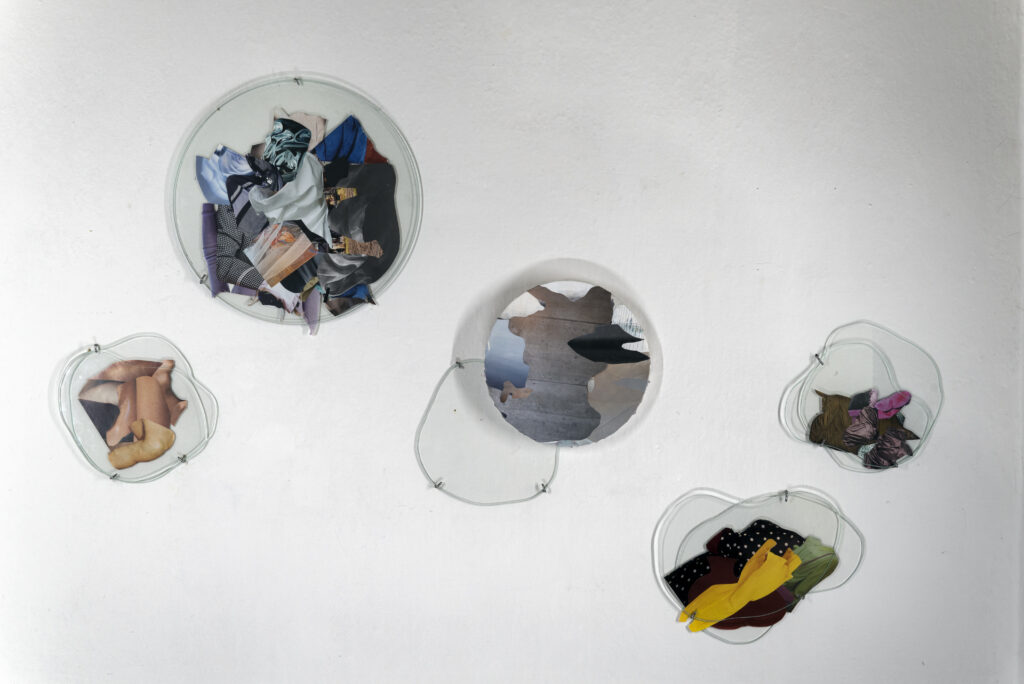
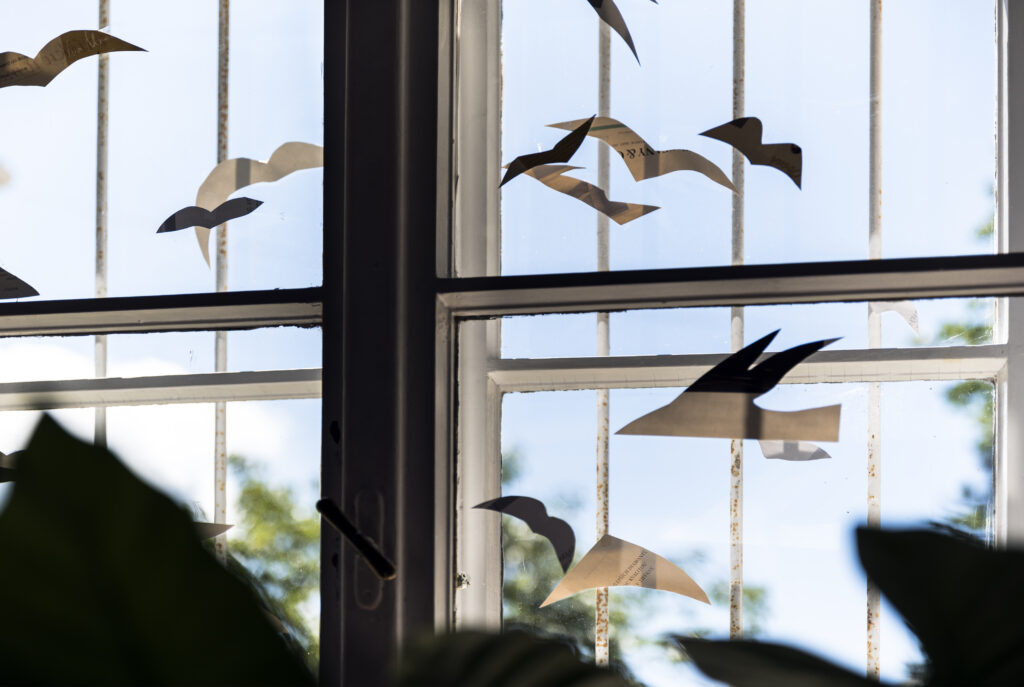
Collapse Mode
Solo exhibition in Cultural center Diera do sveta, Liptovský Mikuláš, Slovakia
Duration: 30.3.-30.6.2024
The title of the exhibition Mode Collapse deliberately refers to the technical term used in connection with digital collage and artificial intelligence. Mode Collapse occurs in a GAN (generative adversarial network) when a data collapse occurs. In the context of AI, GAN is mainly used for artificial portraits and landscapes, i.e. creating photo collages of non-existent people or landscapes, but which look very realistic. Eja Devečková adopts this modus and creates analogue collages that work with generating various new compositions, using, like AI, found data that she analyses and evaluates.
She selects the colour gradients of the layered compositions mainly from various parts of the human body or coloured surfaces that fill the majority of images in lifestyle magazines. She cuts out different shades of hair, textiles or skin colours. She recycles fragments not only from these magazines but also from older art catalogues and books from antique shops. This is an original combination of source data of varying artistic quality, within which she creates new compositions. These range from simple quick collages composed of two or three cut-outs to complex and layered structures containing several dozen precision-cut shapes with different textures and motifs.
The collage itself also reaches into 3D space. The scenography of the installation responds to the jagged and varied space of Hole in the World, which is itself a collage of various visual and content layers.
Text: Zuzana Janečková
Photo: Matúš Matava
